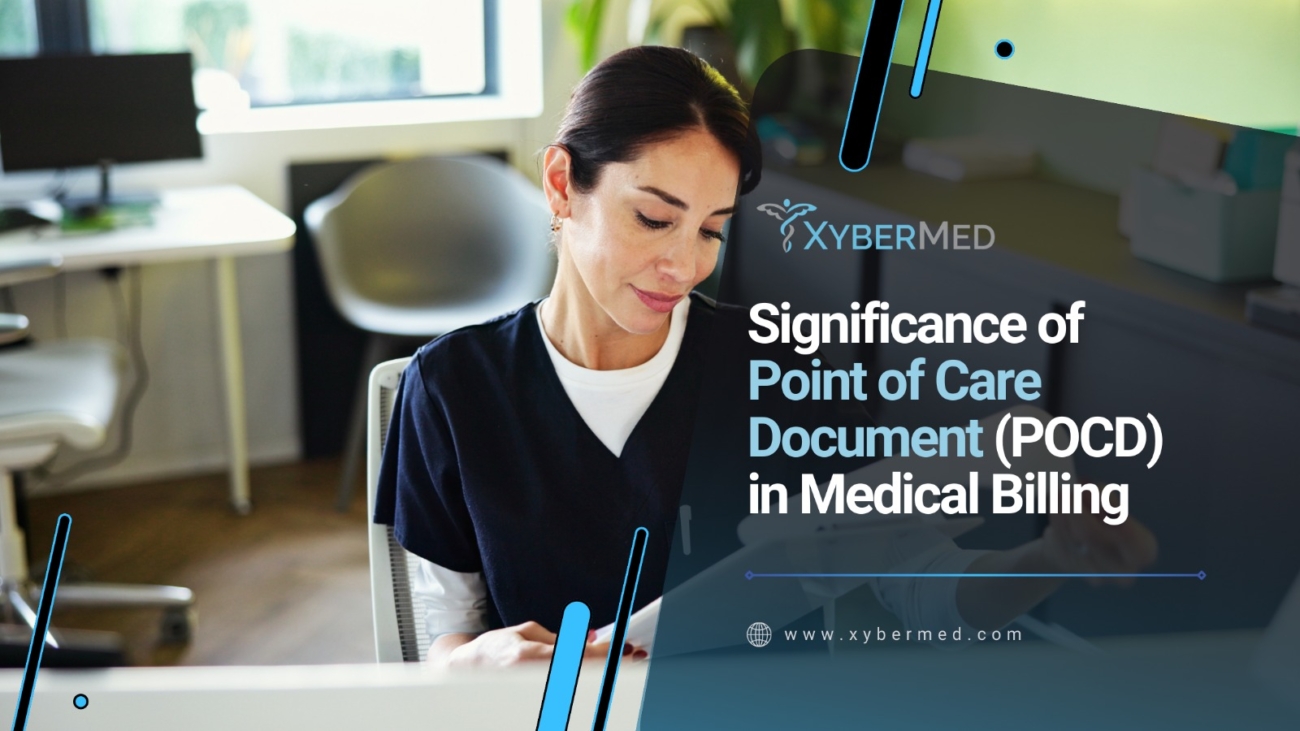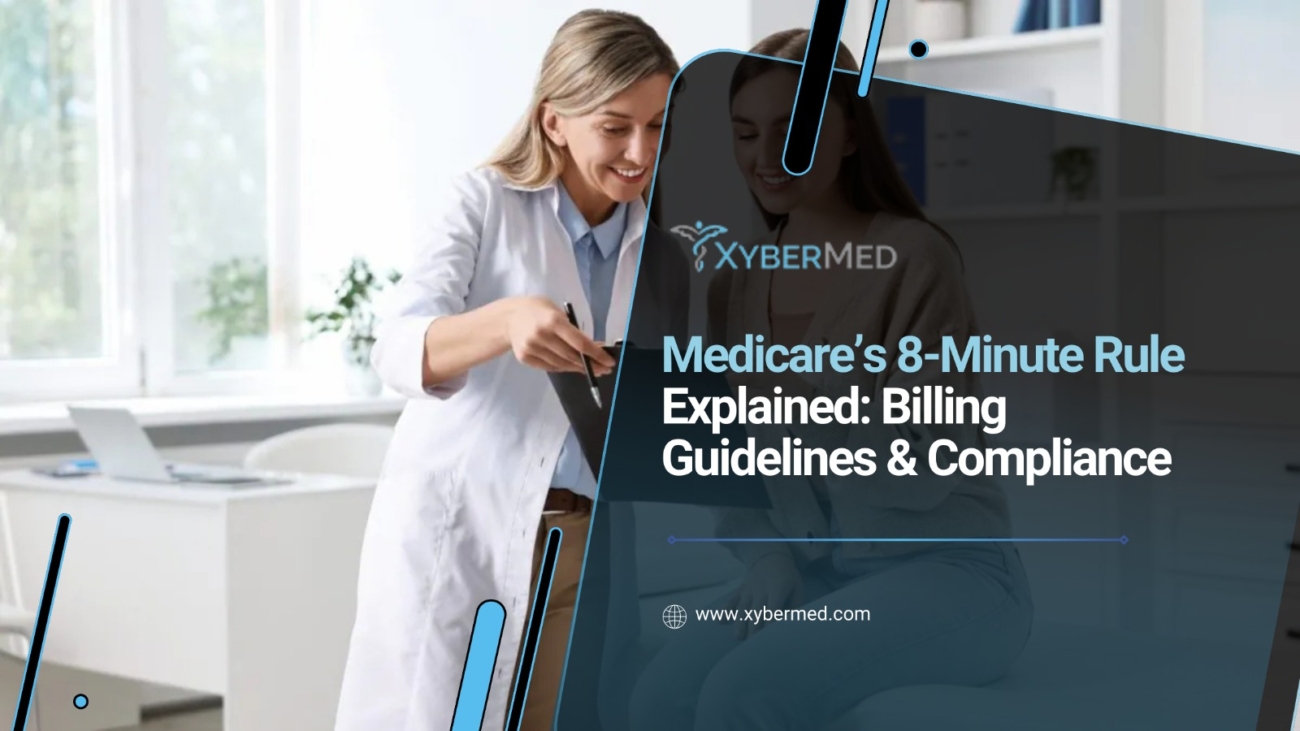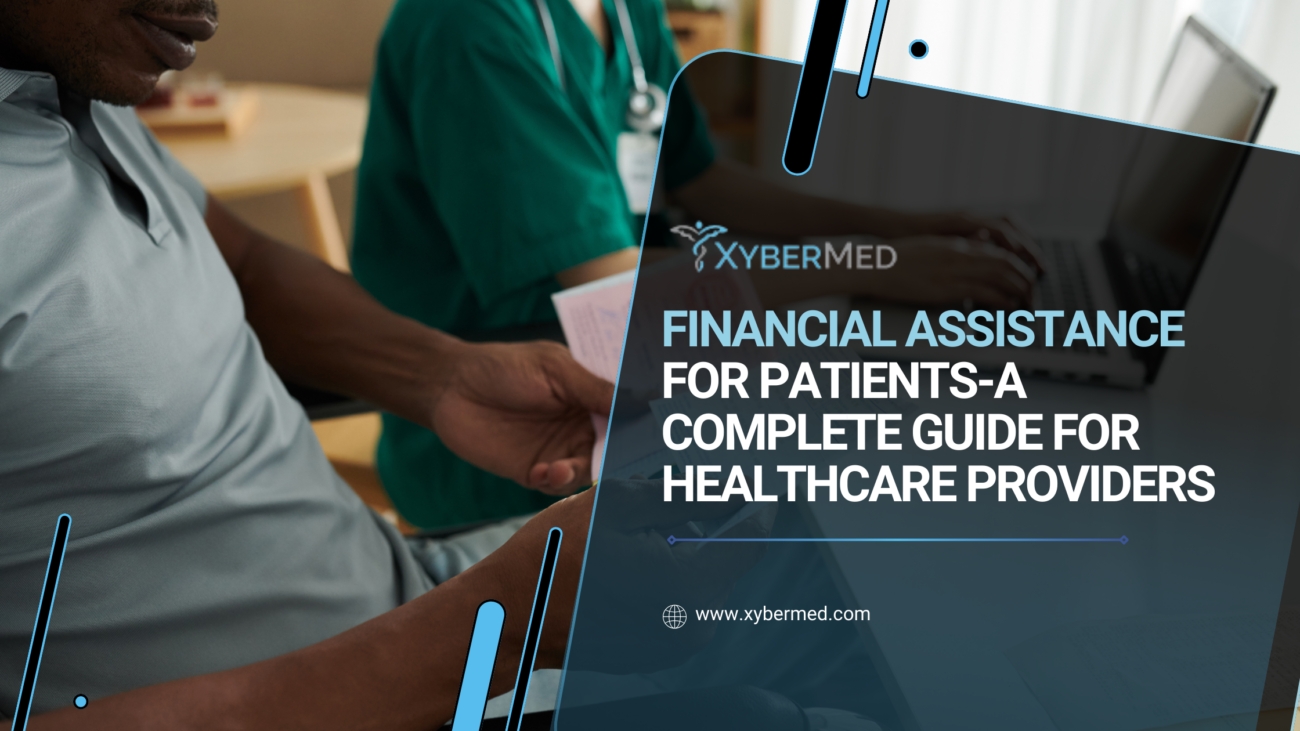Earlier, being a physician was all about doing just one thing—taking care of patients. Nowadays, however, doctors have to balance patient relationships and paperwork. So how much time are you actually spending treating patients versus writing down every minute detail? It is difficult to do both, and one sacrifices for the other at the expense of financial loss or reputation.
We get it—documentation is time-consuming. But it’s also the secret to gaining maximum patient outcomes and revenue growth. Looking to improve the accuracy of your records? The best thing to do is document patient information at the point of care. Let’s talk about the point of care concept of documentation and why it’s a game-changer in the healthcare market.
What is Point of Care Documentation?
Why risk denials of claims due to faulty documentation when you can document at the point of care? Point of Care (POC) documentation, or POC charting, is merely documenting clinical data at the time of the actual delivery of patient care. Wherever you happen to be, whether in a physician’s office, hospital, clinic or even a patient’s home, POC documentation offers accuracy as well as convenience.
In brief, instead of relying on memory and writing it up later, POC documentation allows you to capture key clinical information as it occurs, on a cell phone, notebook, or electronic health record (EHR) system. The payoff? Greater accuracy and more streamlined healthcare operations.
Why is POC documentation valuable to healthcare practices?
The World Health Organization (WHO) also reports that administrative errors are responsible for close to 50% of all clinical documentation errors. The earlier you document patient encounters, the less likely you are to make a mistake.
German psychologist Hermann Ebbinghaus’ Forgetting Curve tells us that people forget 75% of new information within 24-48 hours. This is the reason why recording information at the time of care is a best practice for correct billing and patient records.
Let us discuss the important advantages of POC documentation and how it improves the delivery of care by healthcare professionals.
Key Benefits of Effective POC Documentation
1. Minimizes Documentation Errors
Real-time documentation eliminates transcription errors, miscommunication, and missing information. Capturing information in real time guarantees precision in patient documents and reduces medical billing errors.
2. Enhances Quality of Care
Did you know that poor documentation is the leading cause of medico-legal issues? By documenting treatment information as soon as possible, healthcare professionals can explain medical decisions, improve patient safety, and deliver personalized care.
Correct patient documentation enables more accurate diagnosis, individualized treatment plans, and reduced medication errors—elements that enhance patient satisfaction and outcomes.
3. Enables Compliance & Reduces Legal Risks
Medical records are legal records of patient care. But remember, memory alone is not enough! POC documentation ensures that records are complete, accurate, and payer compliant, reducing the risk of audit or fines.
4. Leads to Better Patient Outcomes
One of the most valuable advantages of POC documentation is that it allows patient health trends to be tracked in real time. Doctors can identify irregularities, assess the effectiveness of treatment, and make informed choices, leading to better patient outcomes.
5. Improves Bill Efficiency
POC documentation facilitates faster billing since it reduces gaps in documentation and denials of claims. Through information capture at the point of service, providers can have claims processed faster, increase approval rates, and receive reimbursement in a timely manner.
Best Practices for Successful POC Documentation Is your existing documentation system delivering efficiency and top-line revenue growth? We know it’s hard to maintain records in current condition while providing patient care. But with these best practices, it can be streamlined and made simpler.
6. Collect Real-Time Data
The POC golden rule? Document while you do it! This minimizes errors and provides complete and accurate claims. Also, documentation should be legible and understandable by other healthcare providers.
7. Use Standardized Templates
Standardization of information improves interoperability and patient care. Literature shows that structured formats significantly enhance the quality of documentation. Standardized POC documentation templates decrease data inconsistencies and misinterpretations among different providers.
8. Avoid Over-Documents
It is too much to document every minute detail, but under-documenting is not safe either. The trick is balance—observe required details such as symptoms, diagnosis, treatment plan, and progress without unnecessary repetition or complex jargon.
9. Implement an Efficient EHR System
Technology simplifies documentation and makes it more precise. Rather than wrestling with remembering details down the road, utilize a trustworthy EHR system to document in real-time patient interactions effectively.
10. Utilize Cutting-Edge POC Tools
Besides EHRs, advanced tools can further simplify POC documentation. Consider these options:
- Medical scribes: Assign a scribe to document encounters in real time.
- Voice-to-text software: Use speech-to-text software for quick note-taking.
- Mobile apps: Note-taking on the move for increased productivity.
Just remember—any software you choose must be fully compatible with your EHR system to integrate seamlessly.
11. Insist on Accuracy & Completeness
Always review your documentation to ensure it is complete. Ensure all necessary fields are filled in correctly and include timestamps for added accuracy. This helps keep payer-specific and state regulations in compliance.
7. Safeguard Patient Information
The healthcare industry is among the most vulnerable industries to cyberattacks. In fact, over the past 24 months, authorities reported 8,553 instances of unauthorized disclosures of patient information involving Humana, a leading health insurance firm. The Office of Civil Rights (OCR) is probing the cases.
To avoid legal problems and also protect patient trust, utilize the following security practices:
- Restrict access to information to authorized users only.
- Use encrypted devices for patient data storage and transmission.
- Log out from EHR systems after each use to prevent unauthorized access.
Conclusion
Point of Care (POC) documentation enables efficient healthcare operations, reduces errors, and improves the quality of patient care. With the recording of real-time information, healthcare providers can make informed decisions, prevent compliance issues, and enhance the efficiency of billing.
Following best practices—such as using an EHR system, implementing standardized templates, and utilizing sophisticated documentation tools—enables your practice to maintain its current records without compromising patient interactions. Want to simplify documentation while improving healthcare outcomes? Get in touch with XyberMed



